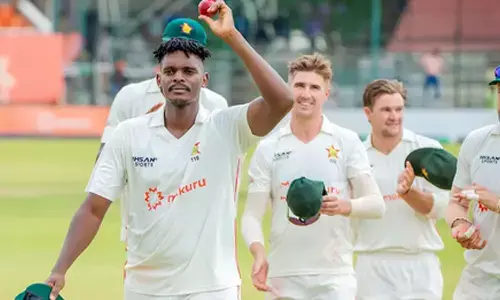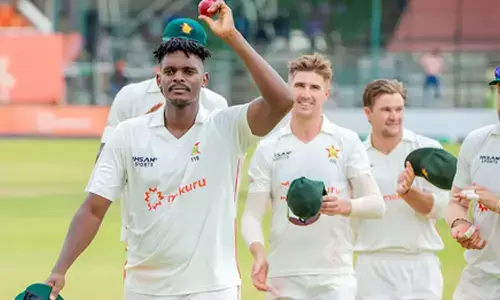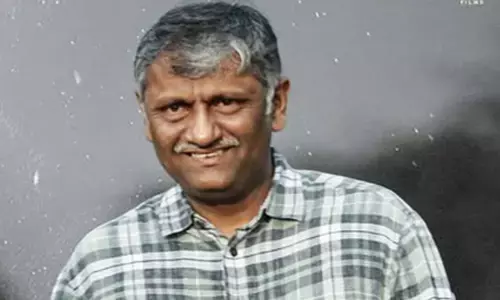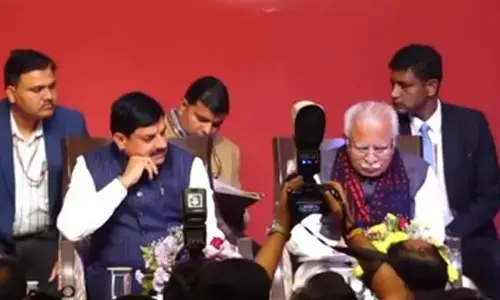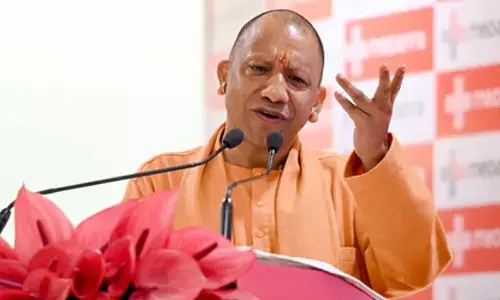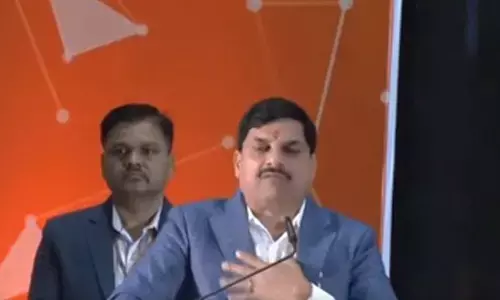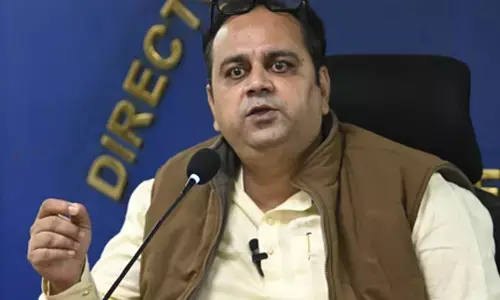The World of Saptaswaras

The World of Saptaswaras. If we look at the Telugu film industry since 1950s, Hindolam, Mohana, Kalyani, Sindu Bhairavi, Abheri are some of the ragas which are very liked by our cine-music directors as well as Telugu people, and hence, they composed quite a good number of songs in these ragas.
In our country, classical music has two main sub-genres. One is the Carnatic music which is quite popular in southern states and the other is Hindustani in north India. This column is an attempt to introduce to the readers, the Carnatic ragas and their characteristics and how they have penetrated into Indian cinema world. However, the discussion will focus on Telugu film songs with a Carnatic touch
.jpg) If we look at the Telugu film industry since 1950s, Hindolam, Mohana, Kalyani, Sindu Bhairavi, Abheri are some of the ragas which are very liked by our cine-music directors as well as Telugu people, and hence, they composed quite a good number of songs in these ragas. Thus, it can be very well said that these directors had done immense service to the industry by incorporating Carnatic ragas into the songs. In an attempt to introduce Carnatic music to the readers, will focus on Hindolam ragam in this column.
If we look at the Telugu film industry since 1950s, Hindolam, Mohana, Kalyani, Sindu Bhairavi, Abheri are some of the ragas which are very liked by our cine-music directors as well as Telugu people, and hence, they composed quite a good number of songs in these ragas. Thus, it can be very well said that these directors had done immense service to the industry by incorporating Carnatic ragas into the songs. In an attempt to introduce Carnatic music to the readers, will focus on Hindolam ragam in this column.
Indian classical music is both elaborate and expressive. It divides the octave into 12 semitones or swaras or notes, of which the seven basic notes or swaras are, in ascending tonal order, sa re ga ma pa dha ni Sa for Hindustani music and sa ri ga ma pa da ni Sa for Carnatic music, similar to Western music's Do Re Mi Fa Sol La Ti Do.
In Carnatic music, the sa and pa are called prakruthi swaras and they do not take a different flavor. However, the ri, ga, ma, da and ni are called vikruthi swaras and they take 2 different frequencies. Hence, there are twelve notes which are “shadjamam (sa), suddha rishabham (ri1)/chathusruti rishabham (ri2), sadharana gandhaaram (ga1)/antar gandhaaram (ga2) , suddha madhyamam (ma1)/prati madhyamam (ma2), panchamam (pa), suddha daivatham (da1)/chathusruti daivatham (da2), kaisiki nishadam (ni1)/kaakali nishadam (ni2)”. These are called samvadi swaras. In addition to this set, there are four more swaras which are shatsruthi rishabham (ri3), suddha gandhaaram (ga0), shatsruthi daivatham (da3), suddha nishadam (ni0) which are called vivadi swaras. Infact, the ri3 place is same as ga1, the ga0 place is same as ri2, the da3 place is same as ni1 and the place of ni0 is same as da2.
The whole of Carnatic music revolves around 72 melodious melakarta ragas created out of the above swaras. These melakarta ragas are formed with 7 distinct notes out of the 16 notes mentioned above, in a particular order with pre-defined fixed rules. For example, Kalyani, Todi, Charukesi, Harikambhoji, Lathangi, Keeravani, Natabhairavi, Ganamurthy, Kharahapriya are melakarta ragas. The first 36 melakarta ragas are called suddha madhyama ragas. The other 36 are complimentary or counterpart ragas with only ‘ma’ changing from suddha madhyamam to prati madhyam and hence, are called as prati-madhyama ragas. .
For example, the scale for 16th melakarta which is Chakravakam ragam is sa, ri1, ga2, ma1, pa, da2, ni1, Sa. The counterpart ragam for this 16th melakarta is 52nd melakarta ragam which is called Ramapriya with scale sa1, ri1, ga2, ma2, pa, da2, ni1, Sa. Similarly, the scale for 36th melakarta Chalanata is sa, ri3, ga2, ma1, pa, da3, ni2, Sa and the corresponding counterpart ragam is 72nd melakarta which is known as Rasikapriya and its scale is sa, ri3, ga2, ma2, pa, da3, ni2, Sa. So, to make it easy to understand, 1st and 37th melakarta ragas have same notes but for ‘ma’. Similarly, 29th and 65th are same but for ‘ma’. 10th and 46th are same but for ‘ma’. If a melakarta ragam has any vivadi swara, then it is called vivadi ragam. Otherwise, it is a samvadi ragam. This introduction would be useful to understand this and the forthcoming articles appearing in this column.









